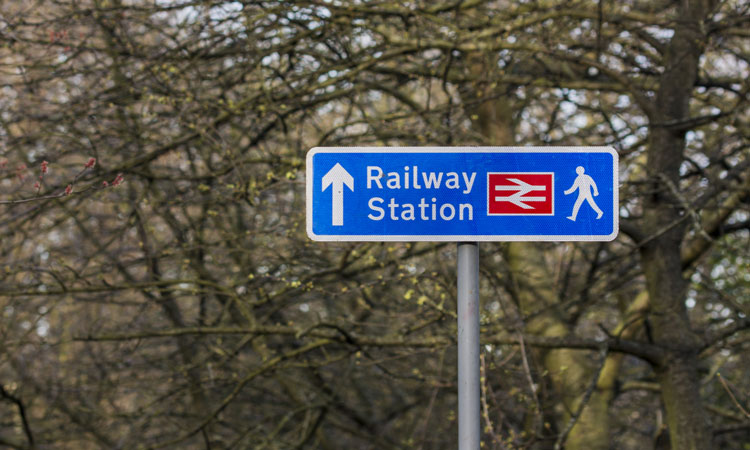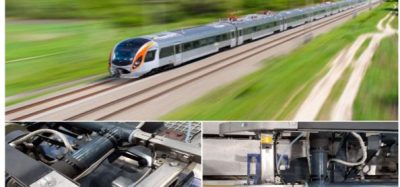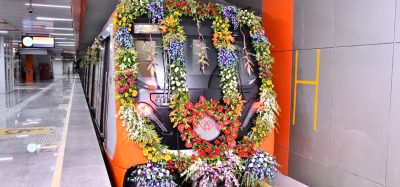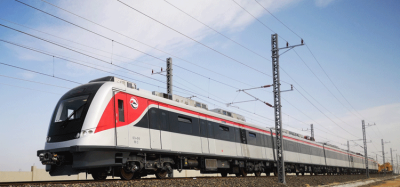New report outlines priorities for future design of local train stations
Posted: 30 June 2020 | Global Railway Review | No comments yet
Commissioned by Network Rail, the ‘ThinkStation’ report provides a framework for the future design of local stations across Great Britain, following a wide-reaching engagement exercise.


Published by Design Council, the ThinkStation report takes a look into the future of railway station design. There are currently 2,000 local stations (categories D, E and F) in Great Britain, making up around 80 per cent of Network Rail’s station ownership.
Design Council’s engagement programme centred on 11 workshops with 324 attendees from 120 organisations in four major British cities. Its findings put forward priorities for designing a passenger hub of the future, next steps for using this learning and wider strategic advice for Network Rail and the rail industry.
The nine priorities that will guide the future design, development and procurement of local stations are:
- Support existing and new communities in their local area
- Reflect and embody local character and heritage
- Provide consistent quality of space and service
- Establish connections with and between the town centre and/or the high street
- Celebrate, improve the quality of and/or provide access to green and open spaces
- Be welcoming and facilitate inclusive travel
- Support and better integrate cross modal transport
- Help to address climate change
- Ensure longevity by accommodating changes of use, capacity and trends.
Sue Morgan, Director of Architecture and Built Environment at Design Council, said: “Better stations will improve millions of people’s lives and boost the quality of surrounding spaces through economic renewal, social enhancement and environmental restoration. Most of us would naturally accept these themes as priorities already but this report demonstrates a clear evidence base, sets out ideas for bringing them forward and establishes Network Rail’s expectation that each one of them is a priority that will be present in future plans for all local stations.
“The rail industry is right to keep championing good design and applying design thinking when facing strategic opportunities and challenges, but it is hard. Station design varies greatly, and improvements need resourcing, which is now more of a challenge than ever. But long-term our stations need to give passengers a better experience and they need to make more substantial contributions to global issues, such as climate change, and local needs, such as high street vitality. This report makes the task clearer for everyone involved.”
Anthony Dewar, Professional Head of Buildings and Architecture at Network Rail, said: “We wanted to put passengers and stakeholders at the heart of the next generation of railway stations. The ambition here is to raise the quality of design across our network as well as responding to the evolving role of infrastructure within communities. Eighty per cent of our stations need to be integrated into smaller urban and rural contexts and this report creates a framework that can then be made appropriate to each community and its needs. This report envisions stations that value communities, connectivity and stronger placemaking and we want to make that happen through the upcoming competition and across our portfolio.”
The ThinkStation report and its findings will inform the brief and judging for Network Rail’s international design competition for medium and small stations across Great Britain, as well as shaping future design work and further community engagement. The competition, which will be run by RIBA, will launch in July 2020.







